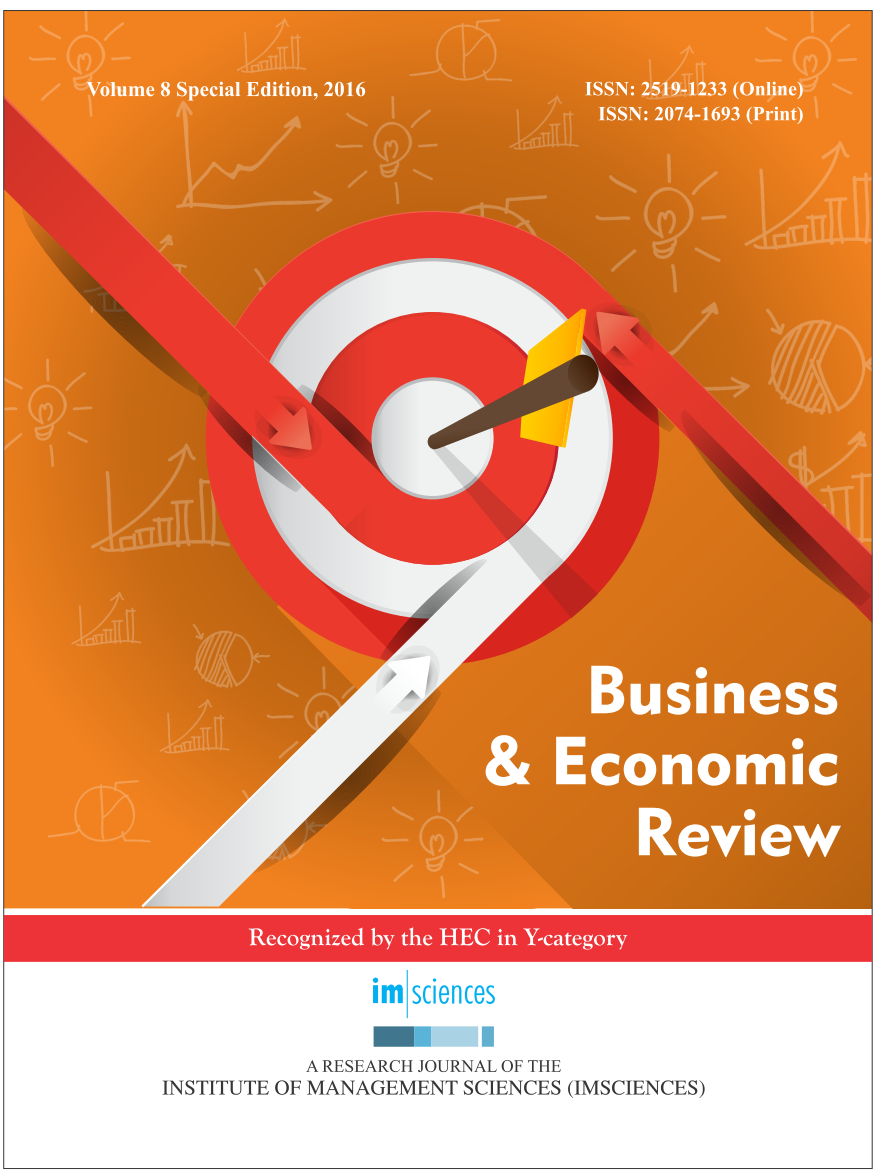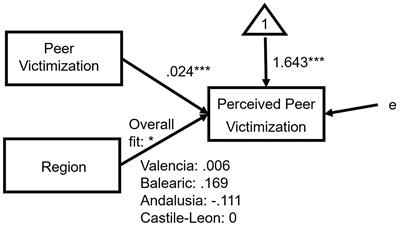

Open peer review can simply mean that reviewer and author identities are revealed to each other. Then, there is open peer review, a term which offers more than one interpretation nowadays. With single-blind peer review, the names of the reviewers are hidden from the authors, while double-blind peer review, both reviewers and authors remain anonymous. Peer review comes in many different forms. So, let’s have a look together! Types of Peer Review But not every part of the process might be clear to you yet. If you are a researcher, you will come across peer review many times in your career.

Ideally, this process encourages authors to meet the accepted standards of their discipline and in turn reduces the dissemination of irrelevant findings, unwarranted claims, unacceptable interpretations, and personal views. And it arguably improves the quality of the research, as the rigorous review by like-minded experts helps to refine or emphasise key points and correct inadvertent errors. It acts as a filter, ensuring that research is properly verified before being published.

It is also safe to say that peer review is a critical element of the scholarly publication process and one of the major cornerstones of the academic process. It is a testament to the power of peer review that a scientific hypothesis or statement presented to the world is largely ignored by the scholarly community unless it is first published in a peer-reviewed journal. Peer review – the evaluation of academic research by other experts in the same field – has been used by the scientific community as a method of ensuring novelty and quality of research for more than 300 years. This post is part of a series that provides practical information and resources for authors and editors.


 0 kommentar(er)
0 kommentar(er)
